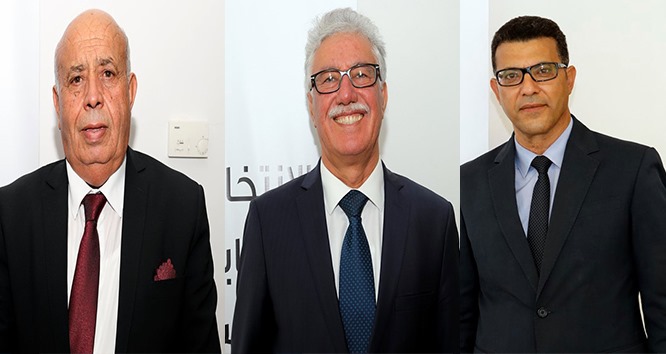The results of the “Sigma Conseil” sounding of opinions revealed, Thursday, March 11, 2021, that the Free Constitutional Party led the voting intentions for the legislative elections with 43.65%, followed by the Ennahda Movement by 18.4%, then the Heart of Tunisia by 7.8%, then the Democratic Current by the percentage of 43.65%. 4.8 percent, and the Dignity coalition by 4.3 percent.
The probing of the opinions revealed a complete absence of all the representatives of the left with regard to the legislative and the presidential, knowing that it had not appeared over the past months in all the voting intentions prepared by the various companies.
Expected Disappearance
The professor of history and researcher on the Tunisian left, Abdeljalil Bouguerra, said in a statement to “JDD” that the disappearance of the Tunisian left from the political scene was expected after it had failed to position itself since 2011 within what he described as the enlightenment and modernization trend.
He added that the left did not distinguish between yesterday’s opponents and today’s opponents, noting that the state of confusion over which it found itself led to the loss of the compass because public opinion does not wait long until it finds someone who lines up behind it.
And our interlocutor continued that conservative Tunisians resorted to the Islamic trend represented by the Ennahda movement, while the rest were divided and dispersed.
Bougherra confirmed that the Tunisian left relatively rectified the situation with the effort of the martyr Chokri Belaid, but the leftists could not build on this remedy, so that the compass was lost again after his assassination.
He indicated that the current leftist leaderships ended due to their aging, and they no longer had any future because they were running small elite groups, and inherited old diseases related to the refusal to ally with any other political current, which isolated them and made them quarrel among themselves, noting that the Tunisian left did not set its priorities, so it was not able to establish alliances imposed by the new landscape after 2011.
He called for the handover of the mandate to youth leaderships with a special understanding of Tunisia’s new reality, in order to put the left back on its right path.
Our interlocutor revealed that the forces of the left had failed to fill the vacuums that Nidaa Tounes had exploited, which in turn collapsed within five years to leave room for the left, but the latter did not understand the lesson, which opened the way for liberal and reactionary forces, as he put it.
Thunderous Retreat
The electoral results of the left-wing forces collapsed at an unprecedented speed, although they did not rise to power and thus were not under the pressure of electoral promises. The Popular Front candidate, Hama Hammami, had finished third in the presidential elections in 2014, and won 255,529 votes, 7.82 percent of the total votes.
In contrast, Hammami won 23,252 votes in the first round of the 2019 presidential elections, not exceeding 0.69 percent of the total number of votes.
This astonishing decline cannot be explained by the participation of more than one left-wing figure in the presidential elections, because the rest of the left-wing candidates had weak results, as the National Democratic candidate, Monji Rahwi, got 0.81 percent of the total votes, and the candidate of the Tunisia Forward Party, Abaid Briki, 0.17 percent of all votes.
It should be noted that this dispersion came after the failure of the internal frameworks and structures of the Popular Front to accommodate the differences, the leadership struggle, and sometimes radical differences in some positions between the constituent parties, which precipitated the decline in voter confidence after its explosion a few months before the elections.








